Science News
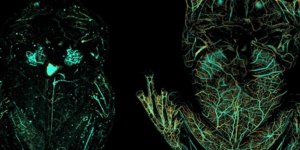
Frog becomes a master of camouflage with the help of biomedical imaging techniques. »

Data from 25 comets were compiled to test predictions of solar system formation and evolution. »
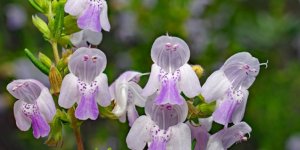
In the ice ages, the Florida Peninsula regularly grew to twice its current size. »

A rare green comet is expected to pass by Earth and will be visible in the night sky for nearly a month. »

Initial rapid decrease in marine oxygen levels was followed by a rapid increase in oxygen. »

Scientists have identified genes that could help develop fruit crops that can adapt to drought. »

The word “exotic” may not spark thoughts of uranium, but Tyler Spano’s investigations of exotic phases of uranium are bringing new knowledge. »
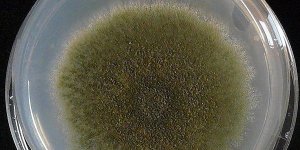
Fungi convert polyethylene waste into pharmacologically useful metabolic products. »
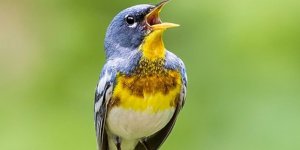
New research suggests that the microbiomes of warblers are influenced more by evolution than diet. »

A quick, affordable, non-invasive detection tool could help accelerate progress in meeting the UN Sustainable Development Goals’ target to eliminate malaria, say researchers who developed it. »

Although it still feels like beach weather across much of North America, billions of birds have started taking wing for one of nature’s great spectacles: fall migration. Birds fly south from the northern U.S. and Canada to wintering grounds in the southern U.S., Caribbean and Latin America, sometimes covering thousands of miles. »
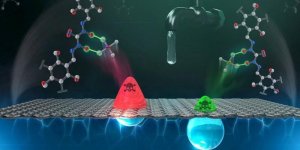
Researchers at the Department of Energy’s Oak Ridge National Laboratory are tackling a global water challenge with a unique material designed to target not one, but two toxic, heavy metal pollutants for simultaneous removal. »
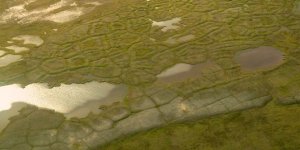
The interaction of elemental iron with the vast stores of carbon locked away in Arctic soils is key to how greenhouse gases are emitted during thawing and should be included in models used to predict Earth’s climate, Oak Ridge National Laboratory scientists found. »
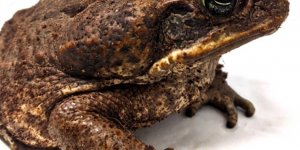
Cane toads swallow prey using a complex pulley system of cartilage and muscle. »

Planet harbors a "stabilizing feedback" mechanism that acts over hundreds of thousands of years. »

Sea spray aerosols made up of metabolic products of microorganisms near the ocean surface. »

Two-million-year-old DNA has been identified for the first time opening a new chapter in the history of evolution. »

New test detects compounds for disease diagnostics, environmental monitoring. »

Inbreeding has caused at least 15 gene deletions, and homogenized its genom. »

Researchers at the Department of Energy’s Oak Ridge National Laboratory have developed a new method for producing a key component of lithium-ion batteries. The result is a more affordable battery from a faster, less wasteful process that uses less toxic material. »

NIH findings may help researchers understand how genomic variation can affect behavioral differences in humans. »

Samples from the 2018 Montecito mudslides led to new understanding of forces in these disasters. »

Fossilised fragments of a skeleton, hidden within a rock the size of a grapefruit, have helped upend one of the longest-standing assumptions about the origins of modern birds. »

Venom is associated with being harmful, but red imported fire ants are using their venom for its medicinal benefits by sharing the toxic substance with their nestmates, according to a study. »

A new study finds treeshrews increase in size in warmer settings, contrary to established norms. »

Researchers find new answers in tardigrade-specific protein. »

Earlier this year, the European Southern Observatory’s Very Large Telescope (ESO’s VLT) was alerted after an unusual source of visible light had been detected by a survey telescope. »

Fire ants, an invasive pest species in the southeastern U.S., are expanding their range. »

Why do some animals have bright colors that impress mates while others use them to ward off predators? »

A naturally occurring virus co-discovered by Agricultural Research Service (ARS) and university scientists may offer a way to undermine a costly fungal threat to wheat, barley and other small-grain crops. »

Salt-tolerant bacteria found in salt pans can be used to contain fungal attacks on chilli (Capsicum annuum), a major export crop of India, according to a study. »

Volcanic activity lasting hundreds to thousands of centuries and erupting massive amounts of material may have helped transform Venus from a temperate and wet world to the acidic hothouse it is today. »

Study offers insights into coral immune responses to white plague disease. »

Chemical modification of silk proteins makes them repel water better than available nonstick coatings. »

Scientists at the University of California San Diego reported that a type of polyurethane already used in biodegradable land-based products can also break down when immersed in seawater. »

Color pattern ground plan is already encoded in the genome. »

Researchers have created a model that can calculate the energetics involved when one organism stabs another with its fangs, thorns, spines or other puncturing parts. »

Device could explore unknown regions of the ocean, track pollution, monitor climate change. »

A study has found that Eurasian jays can pass a version of the ‘marshmallow test’ – and those with the greatest self-control also score the highest on intelligence tests. »

A herb that grows abundantly in coastal areas can be used to rid the soil around nuclear plants of caesium, a radioactive by-product of reactors, says a new study. »

Marking the passage of time in a world of ticking clocks and swinging pendulums is a simple case of counting the seconds between 'then' and 'now'. »

Research shows that contexts in which sounds occur may shape ability to interpret acoustic differences. »

First documented case of a coral reef fish directly regulating when its offspring hatch. »

Researchers look to the past for insights into the future for megafauna. »

Transparent wood promises to be an environmentally friendly substitute for glass or plastic used for making car windshields, see-through packaging and biomedical devices, according to a study. »

Scientists quantified the energy of ocean currents larger than 1,000 kilometers. »

Findings have important implications on conservation decisions regarding mature forests. »

Aggressive, herbicide-resistant weed is a threat in nation's largest rice production region. »

Scientists discover neurons that light up on sight of images of food. »

The problem of how phosphorus became a universal ingredient for life on Earth may have been solved by researchers from the University of Cambridge and the University of Cape Town, who have recreated primordial seawater containing the element in the lab. »